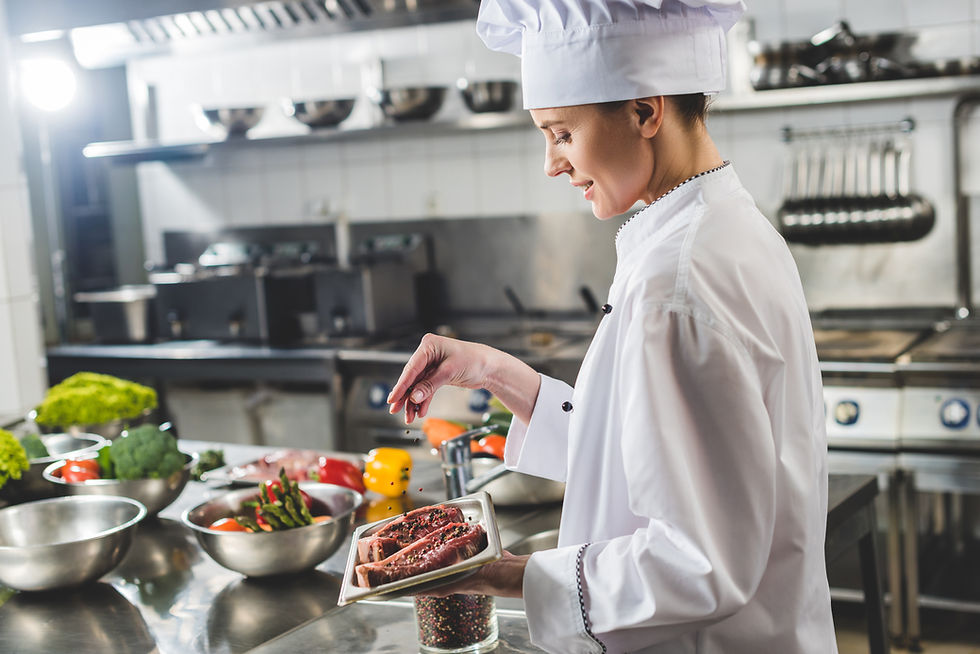Smart Ways to Use Secondary Cuts in High-End Menus
- Maree O'Connor
- Jul 21
- 1 min read

Secondary cuts are the unsung heroes of modern menus — flavour-packed, cost-effective and increasingly seen as a mark of a smart, confident kitchen. And in 2025, they’re no longer just for slow-cook nights or kitchen specials. Commercial kitchens across Australia are turning to these cuts to elevate their offerings while managing costs.
Your meat supplier should be working with you regularly to get the most from secondary cuts. Beef cheeks, for example, are rich and gelatinous, perfect for slow braises or paired with parsnip puree.
Chuck, shin, and brisket are packed with flavour — ideal for pies, ragùs, or house-ground burgers that outperform anything pre-made.
In pork, cuts like shoulder, collar butt, and hocks bring deep flavour and excellent yield.
Lamb necks, shanks, and ribs offer value and depth, while chicken marylands and drumsticks are perfect for chargrilled dishes, curry bases or slow-roast trays.
But it’s not just about using them — it’s about showcasing them.
Menus that highlight “braised Cape Grim beef cheek” or “twice-cooked lamb ribs” don’t just manage food costs — they build your brand as a venue that respects ingredients and knows how to use them well.
Using secondary cuts effectively does require skill and planning. Marination, sous vide cooking, and careful portioning all play a part.
At a La Carte Meats, we support venues by providing consistent sizing, pre-trimmed options, and suggestions on prep methods for optimal results. When chefs are empowered to use the whole animal wisely, it pays off across the board — flavour, finance and reputation.








